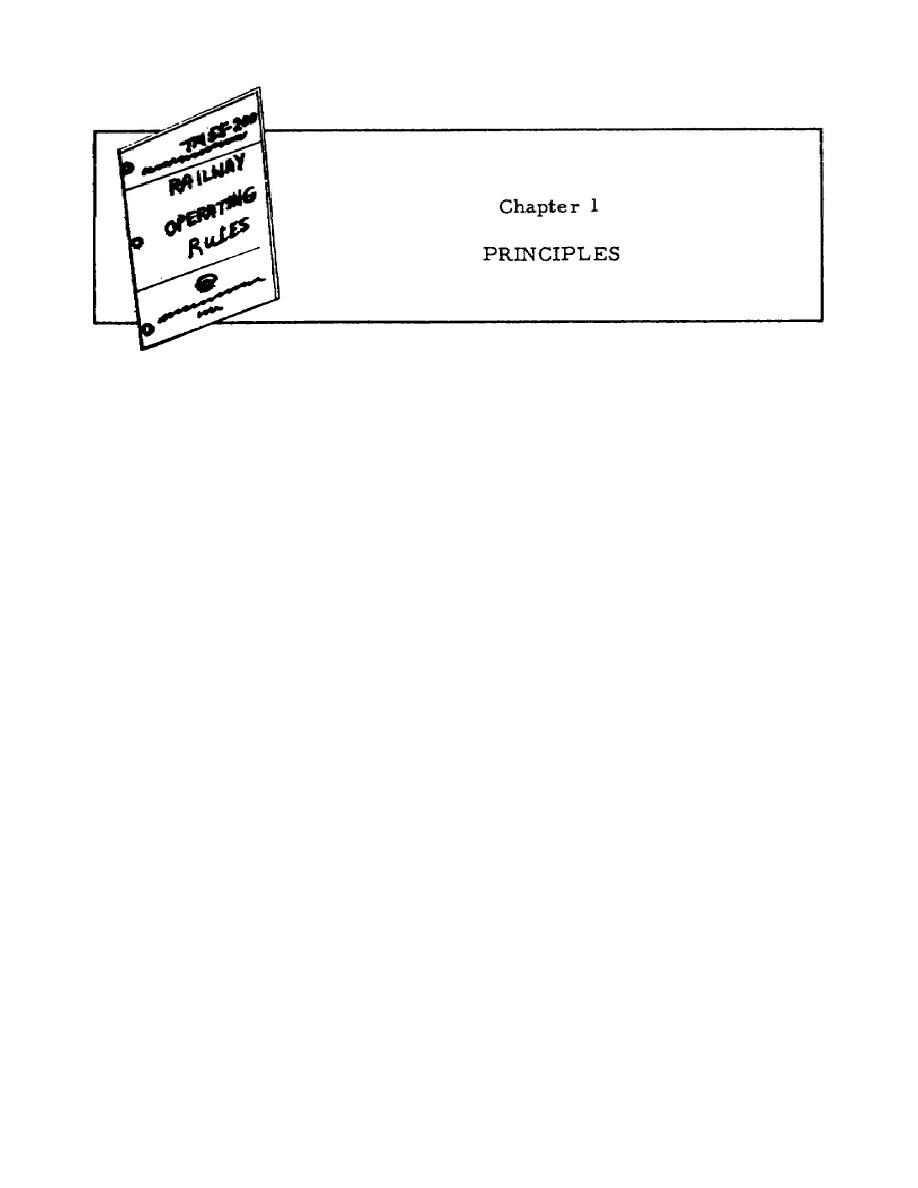
1.1.
GENERAL
During World War II when the manpower barrel was nearly empty, a local
Selective Service Board official told a railroad executive that a train
dispatcher could easily be trained in 6 months.
If this official, who
obviously knew little about railroading, eliminated the word "easily" and
revised his estimate to 6 years, he would have been more nearly correct.
Without doubt, dispatching trains on a busy section of railroad is one
of the most exacting tasks in the entire transportation field.
The
requisites--and sometimes the unhappy lot--of a train dispatcher are dear,
rapid, and correct thinking; making instant decisions with absolutely no
margin for error; lacking time for conferences with superiors, and being
unable to relegate decisions to subordinates.
A dispatcher needs to know the minute details of the physical
characteristics of the main-track layout of his division. To refresh this
knowledge, he is required to ride over his division periodically.
Why?
Because each dispatcher must be able to sit at his desk and visualize what
is happening at the other end of his division.
When, for instance, he
instructs a road conductor to "Head in at BO tower, pull through the cutoff,
back your head end off on the river lead, and cut the road crossing," he
must be intimately familiar with every detail of the area and with the
location of every switch, crossover, and derail so that his instructions can
be carried out.
A dispatcher must have full knowledge of the capabilities of the various
types of locomotives in use and frequently judge the capability of
individual locomotives only by their number designators.
Moreover, he
frequently possesses, and often bases decisions on, an intimate knowledge of
the ability of individual engineers to get their trains over the road, Every
railroad has engineers with
5



 Previous Page
Previous Page
